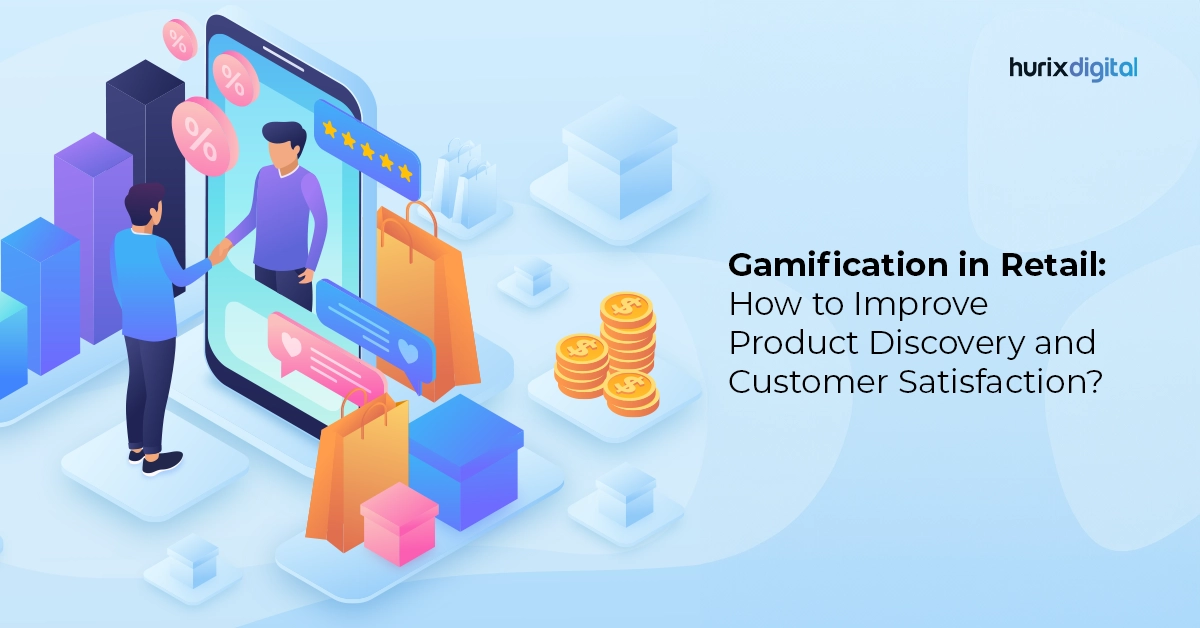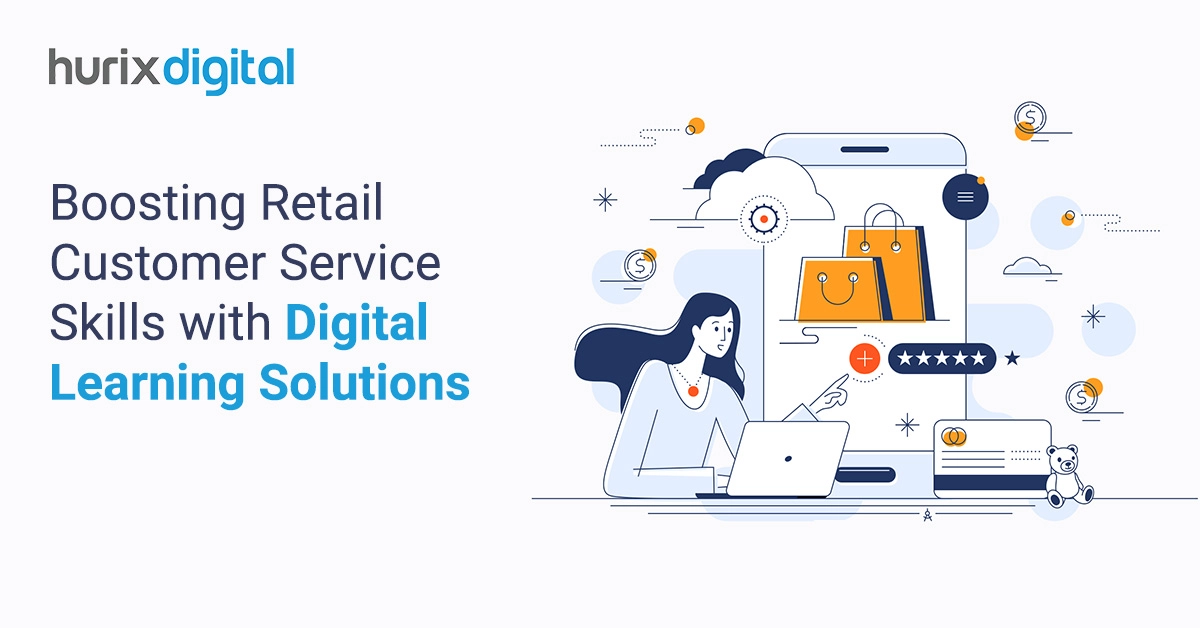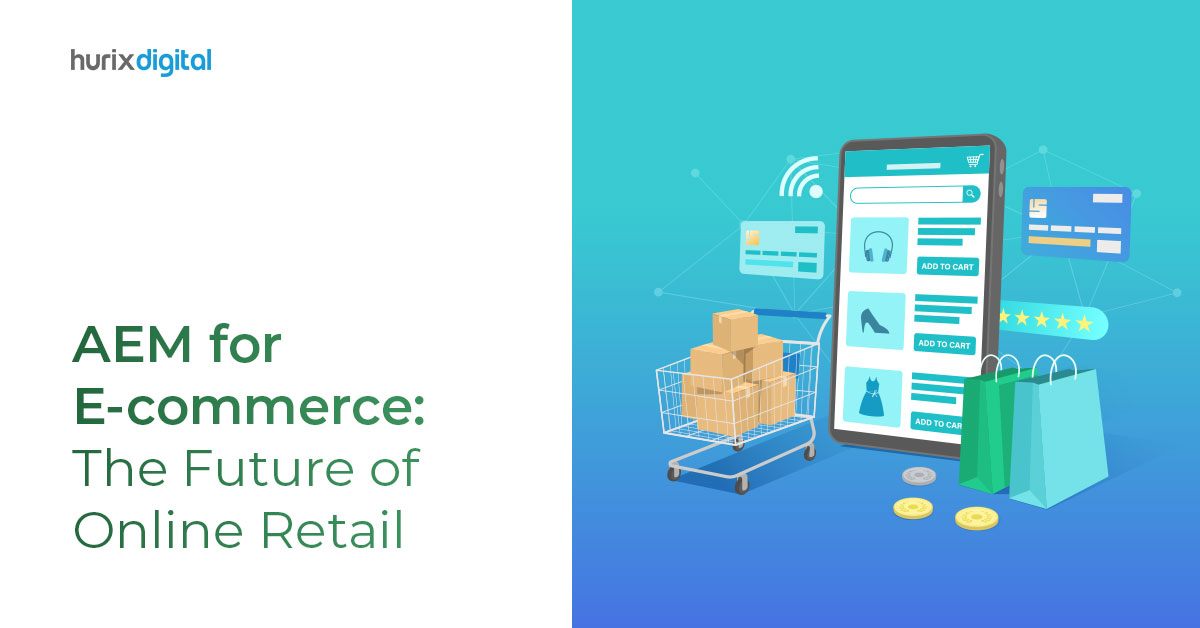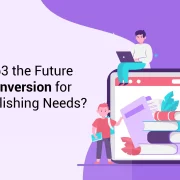
Gamification in Retail: How to Improve Product Discovery and Customer Satisfaction?
Summary
Discover how gamification techniques can enhance product discovery and customer satisfaction in retail environments, making shopping more engaging and rewarding.
Did you know that the retail industry is snowballing, forecast to surpass 30 trillion U.S. dollars by 2024? As a result, businesses are seeking new and creative ways to engage and attract customers.
One such trend that’s making waves is using gamification in retail. It refers to using game-like elements to enhance user journeys, including customer satisfaction and product discovery.
This blog delves into gamification in retail, exploring its benefits and strategies. So, let’s discover how you can game your way to retail success!
Table of Contents:
- What is Gamification in Retail: Understanding the Benefits
- Using Gamification Strategies to Improve Product Discovery and Customer Satisfaction
- Final Thoughts
What is Gamification in Retail: Understanding the Benefits
Gamification uses game mechanics and design in non-game settings to create enjoyable shopping experiences. It includes fun elements, rewards, and challenges to attract customers and motivate them to explore products.
That is why gamification has become a top priority for many retailers, leading to a market value of $58.71 billion by 2028. It taps into the basic human desire for recognition, achievement, and awards to promote user engagement.
Let’s take a closer look at some of the advantages of gamification in retail:
1. Enriching Shopping Experience
Gamification can improve shopping experiences by making them interactive and personalized.
You can capture your customer’s attention using game elements like challenges, leaderboards, and rewards. This tactic will encourage them to explore more products and spend more time on your platform.
2. Improving Product Discovery
It can transform the way customers discover and explore new products. You can guide buyers in finding relevant products by using features such as quizzes, interactive product catalogs, and personalized recommendations.
3. Boosting Customer Satisfaction
Gamification in retail is a great way to enhance the shopping experience and boost customer satisfaction.
By offering fun challenges and rewards, you can encourage customers to try your products and enjoy the process. Buyers who feel entertained and appreciated develop a positive brand perception and form long-term relationships.
Also Read: Leveraging Content Gamification to Engage and Retain Customers
4. Promoting Repeat Purchases
Offering limited-time offers and exclusive discounts can motivate customers to spend more and buy again. It translates into repeat purchases, higher customer lifetime value, and positive word-of-mouth referrals.
5. Gaining Valuable Insights
With gamification, retailers can gain insights into user preferences, behaviors, and buying patterns.
E-commerce businesses can track user interactions, participation rates, and performance metrics. It will help you plan for marketing strategies and customer segmentation.
Using Gamification Strategies to Improve Product Discovery and Customer Satisfaction
A study has shown that gamification can improve the perceived usefulness of your product. After all, it is a critical indicator of user engagement. Hence, you must leverage gamification in your user experience to reap its benefits.
But, the successful use of gamification in retail demands careful planning and consideration. Here are some key strategies and techniques to consider:
Strategy 1: Ensure Fast and Fun Customer Onboarding
Did you know that failing to provide a seamless user onboarding can result in a 23% churn rate? It implies that if onboarding is not smooth, users might give up on a product and stop using it.
So, gamification can be an effective strategy to attract buyers and keep them coming for more. Here are some tips on delivering a swift onboarding and engaging customers online.
- Refrain from flooding them with lengthy tutorials or user manuals. Create an intuitive and interactive flow that allows buyers to learn by doing.
- Use animations, interactive demos, and 360-degree views to help customers familiarize themselves with your products. It will boost customer engagement, satisfaction, and confidence in buying decisions.
- Begin with simple tasks and introduce more challenging levels over time. It will provide a sense of accomplishment throughout their shopping journey.
- Visual aids like checklists and progress bars can motivate customers to finish tasks. They enable customers to track their progress while adding items to their cart or completing checkout.
Strategy 2: Leverage Points and Achievements
Reward customers for their engagement and participation through a points-based system. It inspires them to take desired actions, fostering loyalty and appreciation.
This approach can also help you gather valuable user data and insights. By understanding what motivates your customers, you can tailor your offerings and rewards to meet their needs and preferences. Consider the following strategies.
- Assign points for specific actions, such as purchasing, leaving a review, or referrals. Users can collect and exchange them for rewards, discounts, or offers.
- Use a level-based system to give customers a clear sense of progression. Customers can unlock new levels by completing specific tasks or reaching milestones.
Strategy 3: Add Novelty Elements in E-commerce Strategy
With gamification, you can add a touch of novelty to your shopping experience. By offering exclusive products, surprise discounts, and gamified events, you inspire buyers to engage with your brand, improving their loyalty and lifetime value.
Here’s how you can leverage novelty elements in your e-commerce strategy to improve product discovery and customer satisfaction:
- Introduce new features like mystery boxes and flash sales to create a sense of urgency and excitement among buyers. It will stimulate user curiosity, encouraging them to explore more products and categories.
- Offer tiers or badges based on customer loyalty, with each level unlocking exclusive rewards or discounts. It will incentivize customers to stay engaged with your brand.
Strategy 4: Promote Social Interaction and Leaderboards
Provide opportunities for social interaction and customer competition. It will help you boost engagement and build a loyal user community. Moreover, with these techniques, you can create a sense of influence among your users.
Your customers can see what others buy, recommend, or like and follow their cues. It helps them discover new products and categories they might not consider otherwise.
Some ways to leverage social interaction and leaderboards in your e-commerce strategy are:
- Use leaderboards or ranking systems to showcase top performers or most active participants. It prompts customers to strive for better performance or engagement.
- Include social sharing features in your online shopping platform. It will let users share their progress or favorite products with their networks.
- Create online forums, groups, or chats where customers can communicate with each other or share reviews about your products.
Strategy 5: Offer Personalization and Recommendation
According to research, 71% of consumers expect e-commerce businesses to provide personalized communications. Moreover, 78% of users are likelier to buy from a brand that offers tailored experiences.
So, if you want to level up your game with personalization, use gamification in retail as a potent strategy. It can help increase brand loyalty, improve product discovery, and create a more memorable user experience. Here’s how you can achieve this:
- Add gamified elements to product search engines to customize the process. Users can narrow their options using quizzes, polls, or interactive filters. It will help them discover new products and find the perfect fit for their needs.
- Use chatbots or gamified interactions, like quizzes or mini-games, to engage customers online. Personalize the shopping experience and provide real-time customer service to increase buyer satisfaction.
- Use technologies like AR/VR at the forefront of your e-commerce strategy. It allows your customers to see how products look or fit before buying. This interactive experience boosts product exploration and reduces return.
Also Read: Why Gamification is the Future of Customer Engagement in Retail?
Final Thoughts
Gamification offers significant opportunities to improve product discovery and customer satisfaction. Blending game elements into the shopping experience allows you to create a more rewarding customer journey.
And if you want to tap into the power of gamification, Hurix Digital is the perfect solution. By crafting immersive and custom gamification solutions, we can help your business stand out.
So, take this opportunity to gamify your retail business and boost customer satisfaction. Contact Hurix Digital today to embrace gamification in retail.

Senior Vice President
A Business Development professional with >20 years of experience with strong capability to sell new solutions and develop new markets from scratch. New Market Entry Specialist with experience of working in two of the largest emerging markets – China & India. Also covered other key markets in APAC, US, EU & ME. Exceptional experience of conceptualizing, ideating and selling new learning technologies like VR AR, etc. across multiple industry verticals.








